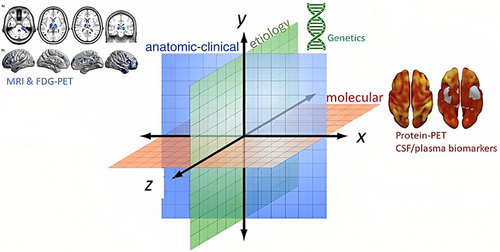OBJECTIVE:
Progressive multifocal leukoencephalopathy (PML) is a serious side effect associated with natalizumab treatment in multiple sclerosis (MS). PML risk increases in individuals seropositive for anti-John Cunningham virus (JC) antibodies, with prolonged duration of natalizumabtreatment, and with prior exposure to immunosuppressants. We explored whether the presence of lipid-specific immunoglobulin M oligoclonal bands in cerebrospinal fluid (CSF; IgM bands), a recognized marker of highly inflammatory MS, may identify individuals better able to counteract the potential immunosuppressive effect of natalizumab and hence be associated with a reduced risk of developing PML.
METHODS:
We studied 24 MS patients who developed PML and another 343 who did not suffer this opportunistic infection during natalizumabtreatment. Patients were recruited at 25 university hospitals. IgM bands were studied by isoelectric focusing and immunodetection. CSF lymphocyte counts were explored in 151 MS patients recruited at Ramon y Cajal Hospital in Madrid, Spain.
RESULTS:
IgM bands were independently associated with decreased PML risk (odds ratio [OR] = 45.9, 95% confidence interval [CI] = 5.9-339.3, p < 0.0001) in patients treated with natalizumab. They were also associated with significantly higher CSF CD4, CD8, and B-cell numbers. Patients positive for IgM bands and anti-JC antibodies had similar levels of reduced PML risk to those who were anti-JC negative (OR = 1.55, 95% CI = 0.09-25.2, p = 1.0). Higher risk was observed in patients positive for anti-JC antibodies and negative for IgM bands (19% of the total cohort, OR = 59.71, 95% CI = 13.6-262.2).
INTERPRETATION:
The presence of IgM bands reflects a process that may diminish the risk of PML by counteracting the excess of immunosuppression that may occur during natalizumab therapy.
Reference: Ann Neurol 2015;77:447-457

